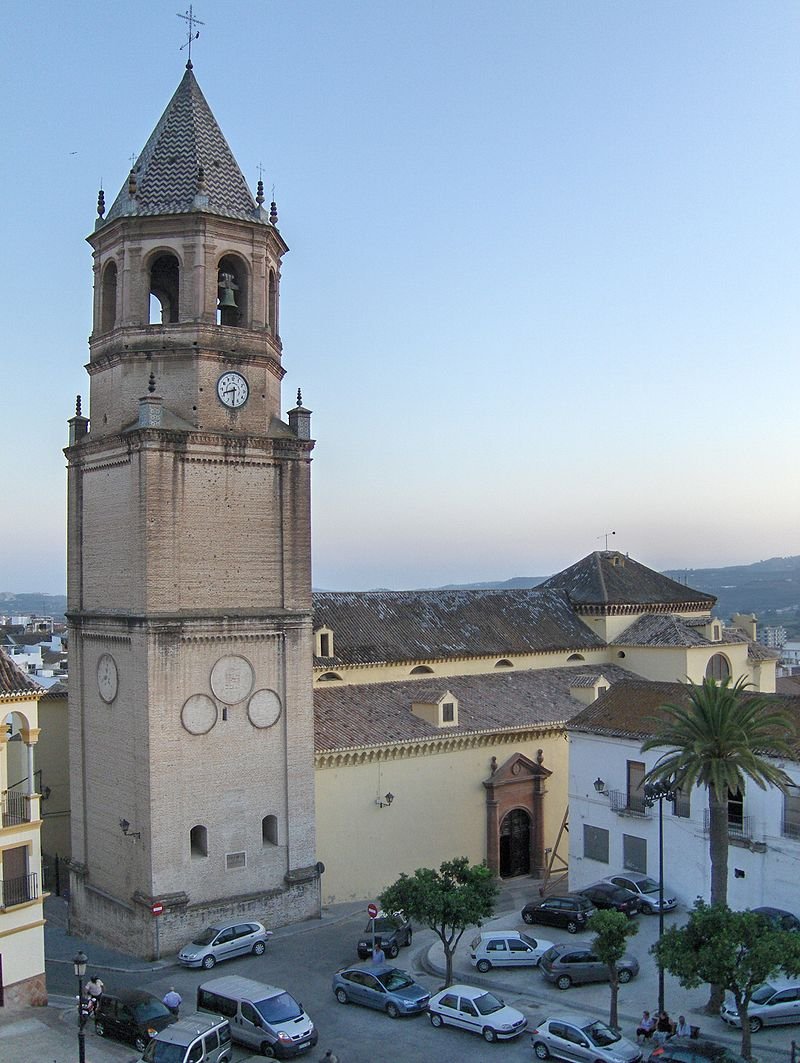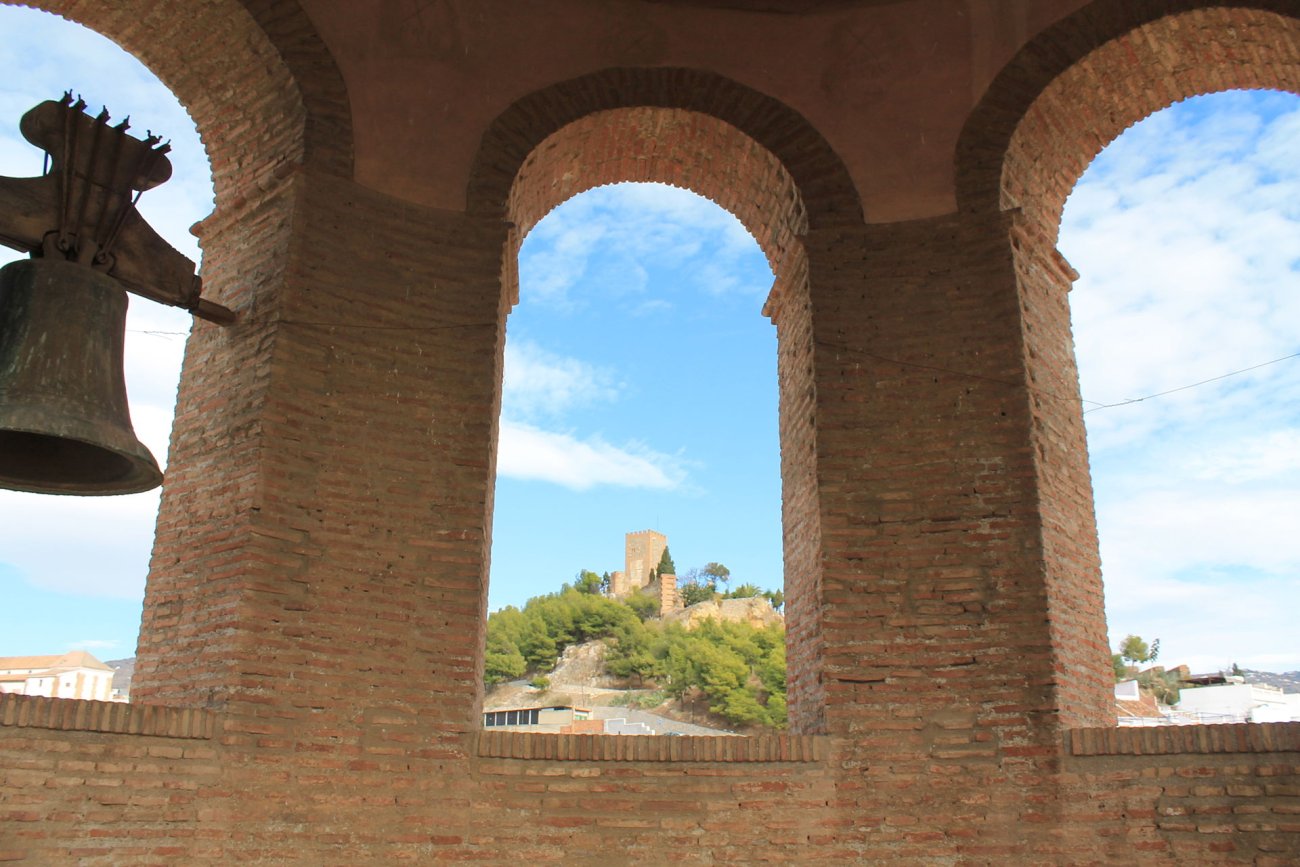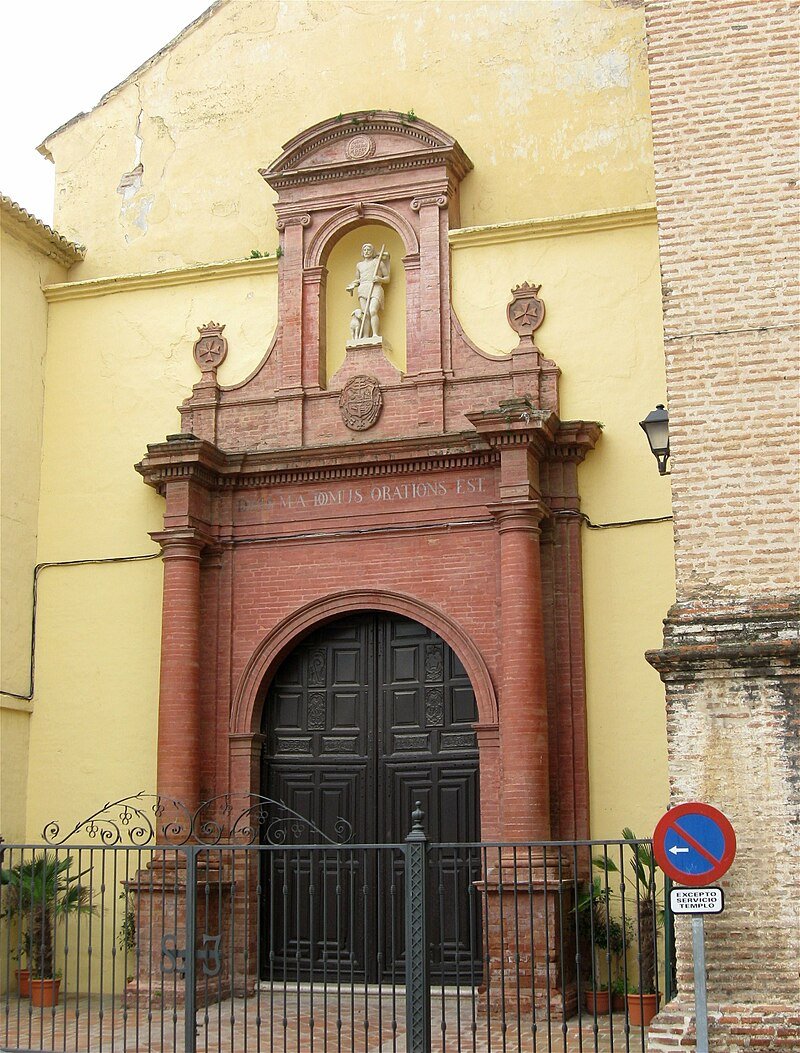The original church was built according to Gothic-Mudejar principles and underwent its first significant renovation in the mid-16th century, during the episcopate of Fray Bernardo Manrique, when the imposing tower was added. The Baroque renovations of the 18th century left their mark on the church, especially in the decoration of the sacristy, an extraordinary piece attributed to José Martín de Aldehuela in 1789.
An Architectural Treasure
The structure of the church is organized into three naves with six bays, separated by semicircular arches resting on pillars adorned with pilasters. The central nave, taller and wider than the side naves, is covered by a barrel vault that conceals the old Mudejar framework. The presbytery, rectangular in plan, is elevated and covered by a hemispherical vault.
The choir stalls, made of mahogany in the 19th century, are located at the head of the presbytery, while a beautiful wooden screen, decorated with plant motifs and the Maltese cross, is located at the foot of the central nave.
Chapels and Artistic Details
The side aisles, covered with hemispherical vaults, house chapels decorated with Baroque plasterwork. The Chapel of Cristo de los Vigías, dating from the Renaissance, houses the venerated image of Christ, a work from between 1501 and 1600. The sacristy, built in 1789, is an architectural gem with elaborate Rococo decoration, highlighting its medallions, vases, and moldings.
The Tower and the Portals
The tower, built of masonry and exposed brick in 1541 and restored in 1742, offers stunning views of the city and the fortress of Vélez-Málaga. The ochre façade ends in corbeled eaves, and the tower rises in four sections, crowned by a bell tower with three 18th-century bronze bells.
The main portal, in the neoclassical style, is flanked by Tuscan columns and crowned by a curved pediment with a patriarchal coat of arms from 1829. The doors, made of wood in 1781, feature geometric panels and decorations with the Maltese cross.
Visit and Admire
The Church of San Juan Bautista is not only a place of worship, but also a journey through the history and art of Vélez-Málaga. Its rich decoration, architectural elements, and panoramic views make it a must-see destination for those wishing to immerse themselves in the regions cultural heritage.





















